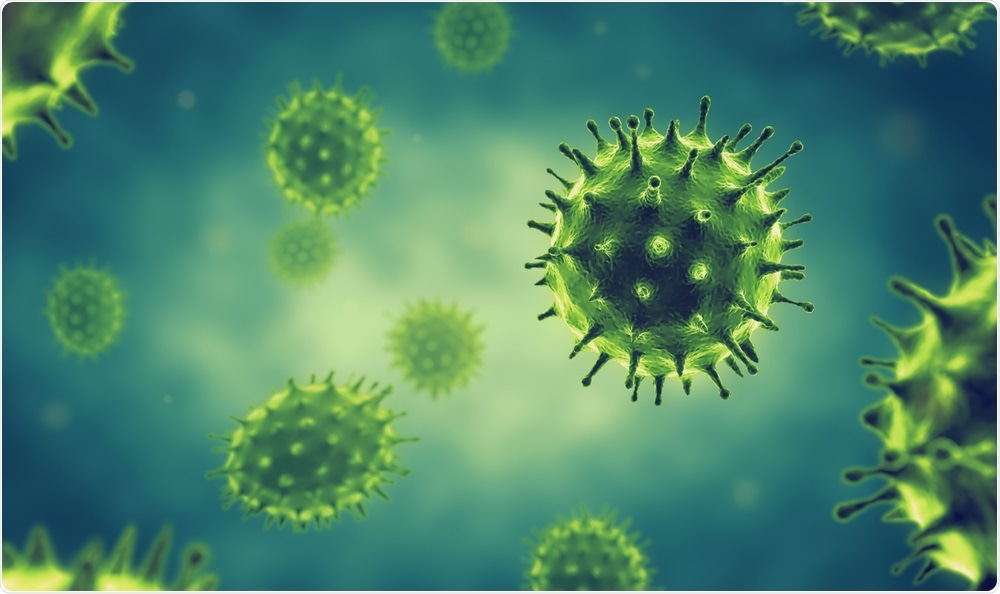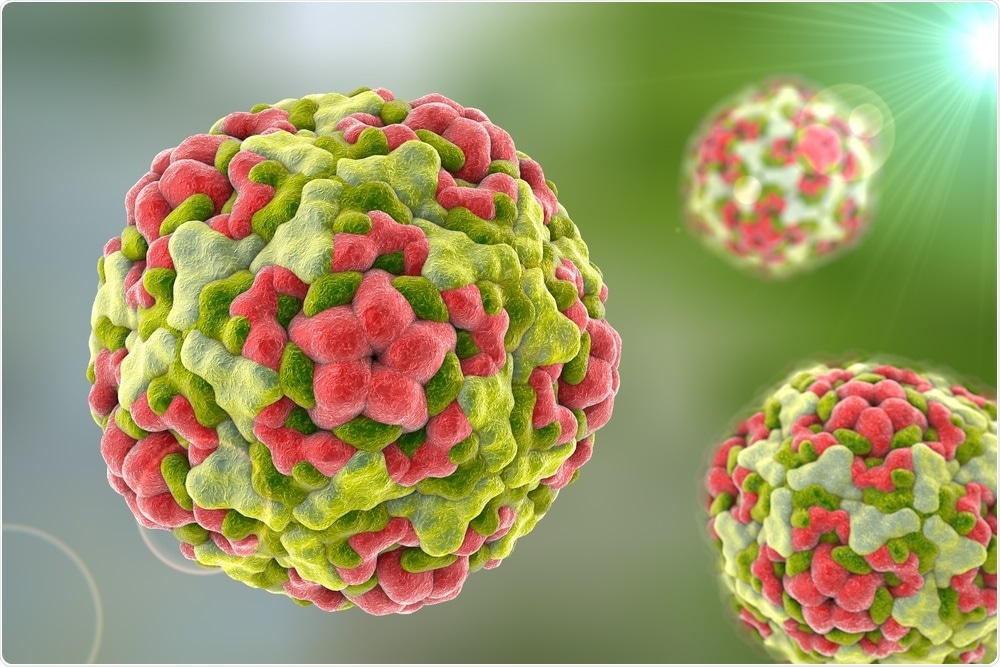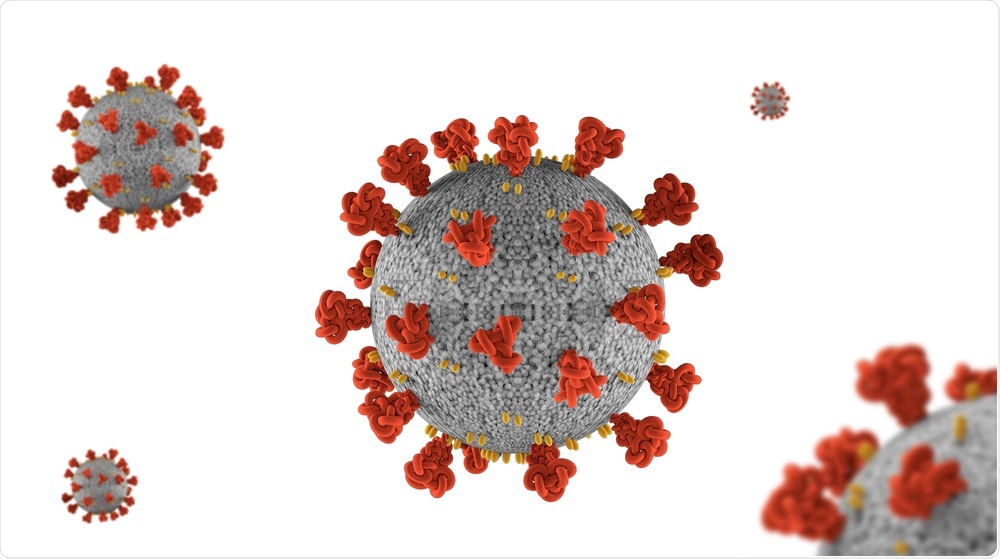I started life as a chemistry student but realized that the chemistry of life was more of interest. Viruses straddle the line between a living and non-living life cycle and so are fascinating objects, especially in their ability to encode the repeated building of the non-living protective “lifeboat” we call a virus.

Virus. Image Credit: [email protected]/Shutterstock.com
Please can you give an overview into what viruses are and how they spread?
Viruses are non-living parasites that use cellular hosts to replicate and create new viral particles. These often cause infected cells to burst open, releasing new viral copies.
However, it is not in a virus’s interest to kill its host, since that would reduce the number of future hosts it can infect. Such consequences seem to be accidental side-effects of the way hosts respond to infection.
What is meant by the term ‘virion’?
The virion is the “lifeboat” protecting the viral nucleic acid through escape from one cell and invasion of the next.
Why, until now, has understanding the ways viruses assemble virions remained a mystery?
In natural infections, only viral nucleic acid passengers get into the lifeboat of the virion. This “packaging specificity” has been hard to reproduce in laboratory studies.
We have succeeded in replicating this effect allowing us to detect the mechanism by which it occurs, and therefore potentially target it with drugs to prevent or reduce the effects of infection.
Please can you describe how you carried out your research into viruses and how they become infectious?
We studied a group of viruses called enteroviruses that include the common cold virus, the human rhinovirus, and poliovirus.
Using a specialized technique coupled to advanced bioinformatics analysis, with our colleagues at the University of York led by Prof Reidun Twarock, we were able to identify multiple regions across each viral genome that can bind its own cognate coat proteins, the basis of packaging specificity.
This mechanism works to create molecular machinery that ensures new virions (the lifeboats) carry the correct genomic passengers which are then conveyed safely to new host cells. If the machine is not made properly, the virus will not be infectious.

Enterovirus. Image Credit: Kateryna Kon/Shutterstock.com
What did you discover?
We showed that the conclusions from a large number of other papers, i.e. that there are no specific coat protein binding sites in these viral genomes, are wrong.
Such sites do exist and appear to be evolutionarily conserved across many viruses in this family, implying that a drug to block the working of the machinery developed against one of them would work on all of them.
What role did electron microscopy play in your research?
Leeds has a biological electron microscopy unit equipped with the latest microscopes at a cost of ~£15M. These allow unprecedented insights into the three-dimensional structures of biological materials including viruses. It is the three-dimensional structures of viruses that allow them to be infectious and self-replicate in host cells.
Can you describe the importance of your research? How will your research help us to further our understanding of controlling viral diseases?
The assembly machinery is now clear and is a novel antiviral drug target.
How has the COVID-19 pandemic impacted your research?
This has slowed progress in the laboratory but it has allowed us to analyze RNA-mediated assembly in a completely different family of virions.
There is preliminary evidence that COVID-19, and the wider coronaviral family, use similar molecular machinery to rhinovirus to assemble their infectious particles.

SARS-CoV-2 Virus. Image Credit: GEMINI PRO STUDIO/Shutterstock.com
Do you believe that with more research we could potentially develop drugs or anti-viral agents that could stop infections such as poliovirus?
Yes, we can now see new features in the poliovirus lifecycle that can be targeted by drugs.
What are your next steps in your research?
We are pursuing various next steps to see if it is possible to block the formation of viruses in the picornaviral family by preventing the formation of the sequence-specific nucleic acid coat protein contacts that regulate their assembly.
Since assembly is such a fundamental aspect of viral life cycles, it should be extremely difficult for the viruses to evolve away from the action of such drugs.
Where can readers find more information?
About Professor Peter Stockley
Professor Stockley trained at Imperial College, London, the University of Cambridge, and then Harvard University before taking up his appointment in Leeds. He has pioneered studies on sequence-specific protein-nucleic acid molecules throughout his career.
In collaboration with Professor Reidun Twarock of the University of York, he co-discovered how such interactions regulate the assembly of spherical viruses, many of which are major human and animal pathogens. Their work has exposed the molecular machinery that allows viral lifeboats to load and then unload their genetic passengers as they infect their hosts. Seeing how these processes work will allow us to design more potent anti-viral strategies.